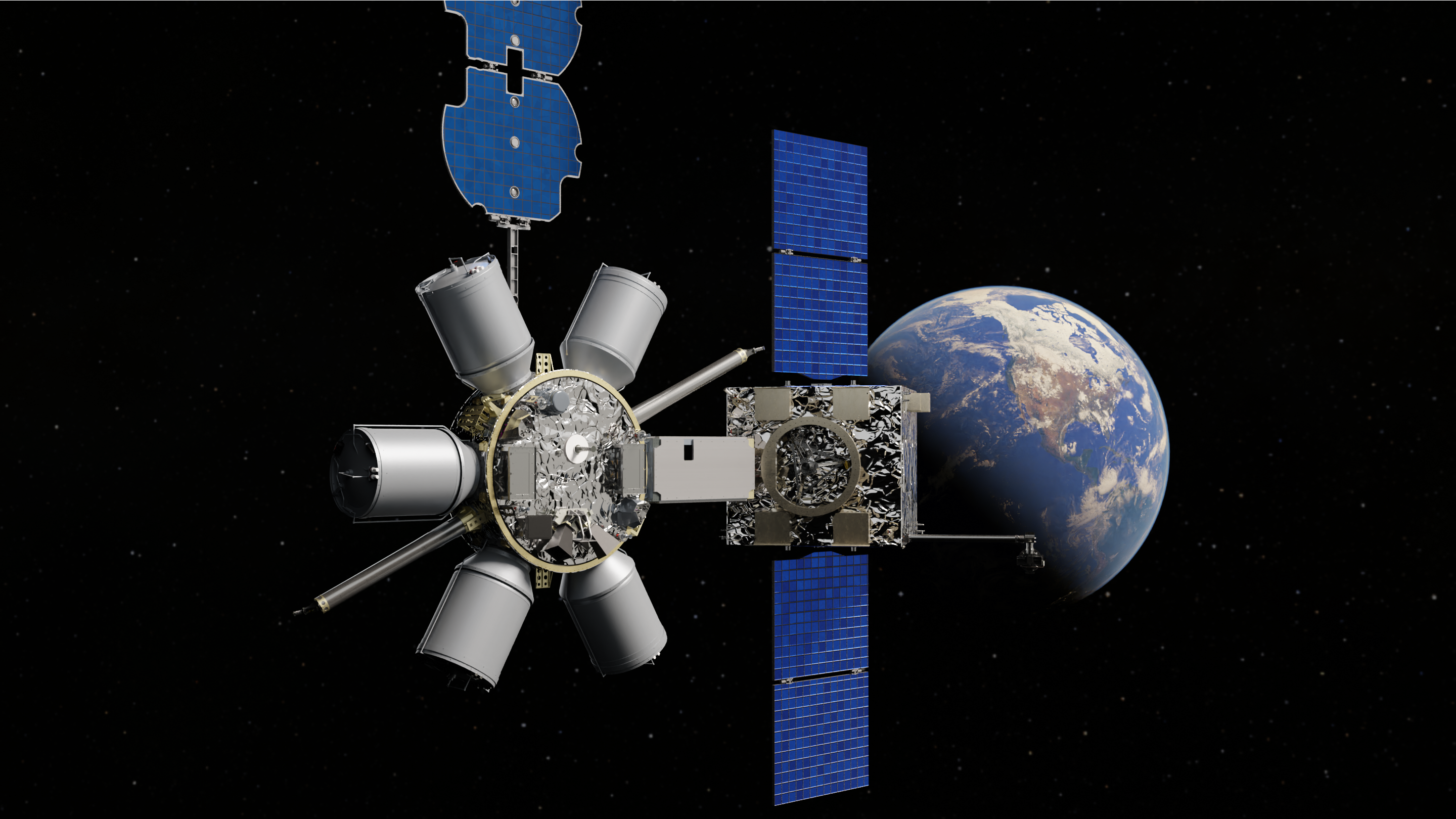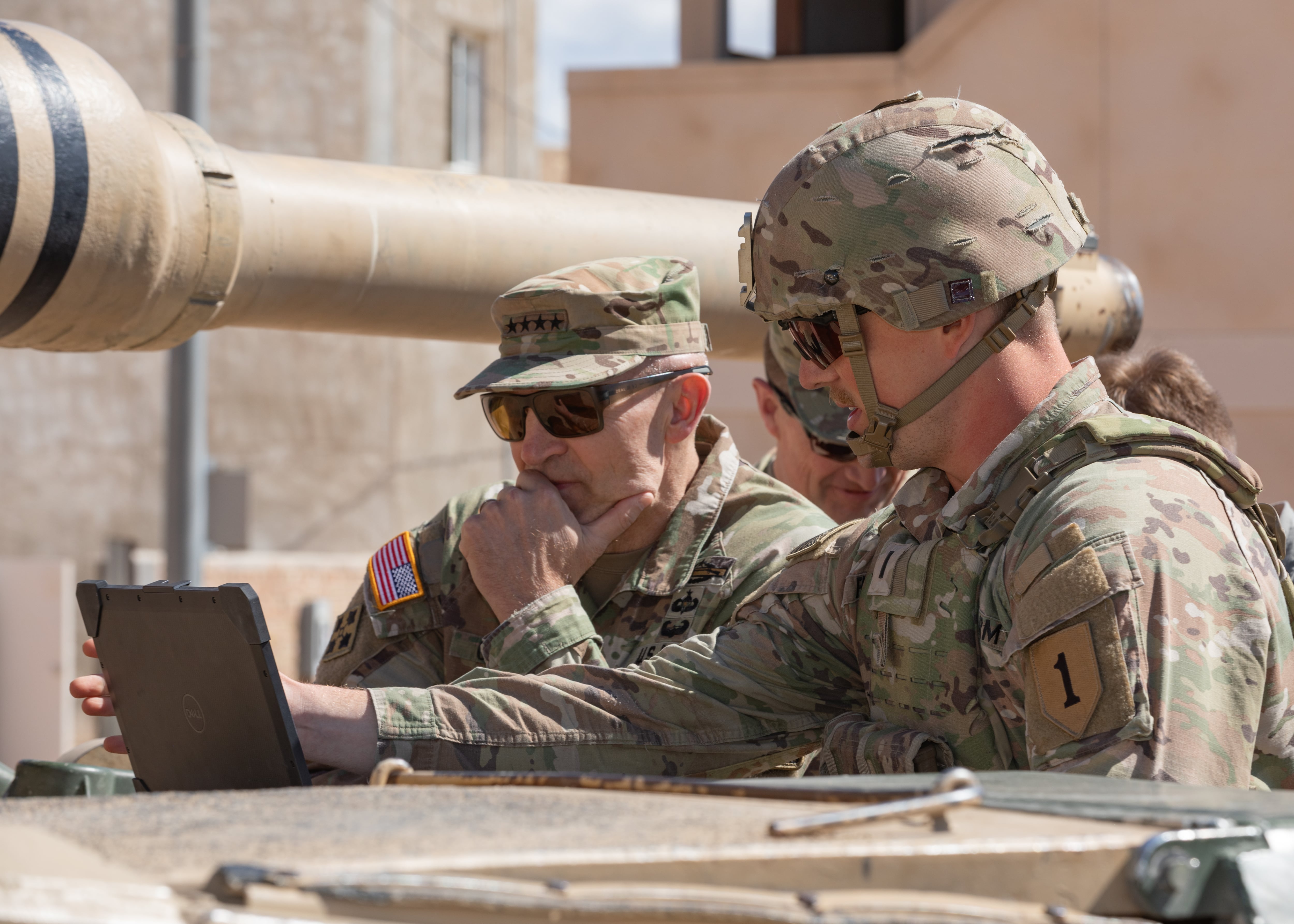The Pentagon unveiled a new IT modernization strategy dubbed “Fulcrum” on Tuesday that lays out tangible steps for leaders to address workforce shortages, make its networks faster and streamline policies for more efficient procurement and governance.
On June 20, Deputy Defense Secretary Kathleen Hicks approved the strategy, and the department announced it on June 25, coinciding with the 2024 TechNet Cyber conference presented by the Armed Forces Communications & Electronics Association International in Baltimore.
“Fulcrum describes ‘what’ the DoD must achieve with respect to advancing IT for the warfighter and ‘why’ it matters,” according to a department statement.
The strategy offers specifics on broad, sweeping goals by the Pentagon to communicate faster and more securely with warfighters and allies. To date, the government has issued a number of strategic plans and frameworks to double down on cybersecurity and accelerate the military’s development of tools like AI, but this plan takes that a step further by prioritizing user experience and scalable, agile investments.
“It’s called ‘fulcrum’ because it sits at the nexus between our national security strategy, our strategic management plans — our really ‘big thinking’ strategies,” said Leslie Beavers, principal deputy chief information officer, on Tuesday.
With so many tools coming to market from different vendors and small businesses also hoping to break in, the strategy gives leaders guideposts for how to assess what tools and internal resources are needed.
Critically, it also devotes a category to developing the workforce, specifically by broadening the DoD Cyber Workforce Framework to focus more intently on roles for data, AI and software engineering.
The DoD has long said this is an established need.
“There is a recognized shortage of skilled cyber personnel that could potentially impact operational readiness across the Department and put national security at risk,” according to the department’s 2023 Cyber Workforce Strategy. “Despite the vast expansion of cyber educational and experiential opportunities, the nation’s cyber talent pipeline remains limited.”
As in the private sector, government, too, is struggling with too few tech practitioners that make new cybersecurity practices difficult to implement. At the same time, much of the technical guidance handed down by experts in tech shops is written for the actual programmists, not senior executives, so there needs to be an available reserve of workers, DoD officials said at the conference.
“Leadership is a force multiplier and to outpace [adversaries] we have to maximize the talent from our broad array of partners, and recruit and retain our own talent,” said Gen. Timothy D. Haugh, commander of U.S. Cyber Command and director of the National Security Agency, at the conference.
Finally, the new strategy also seeks to streamline governance and enhance use of data to backup decision-making and identify cost savings to deliver joint warfighting capabilities faster amid high-tempo, multi-domain operations.
“We must challenge legacy approaches and move move toward rapid innovation for them,” said Haugh. “We cannot succeed when our existing processes move slower than the rate of innovation change.”
Molly Weisner is a staff reporter for Federal Times where she covers labor, policy and contracting pertaining to the government workforce. She made previous stops at USA Today and McClatchy as a digital producer, and worked at The New York Times as a copy editor. Molly majored in journalism at the University of North Carolina at Chapel Hill.








